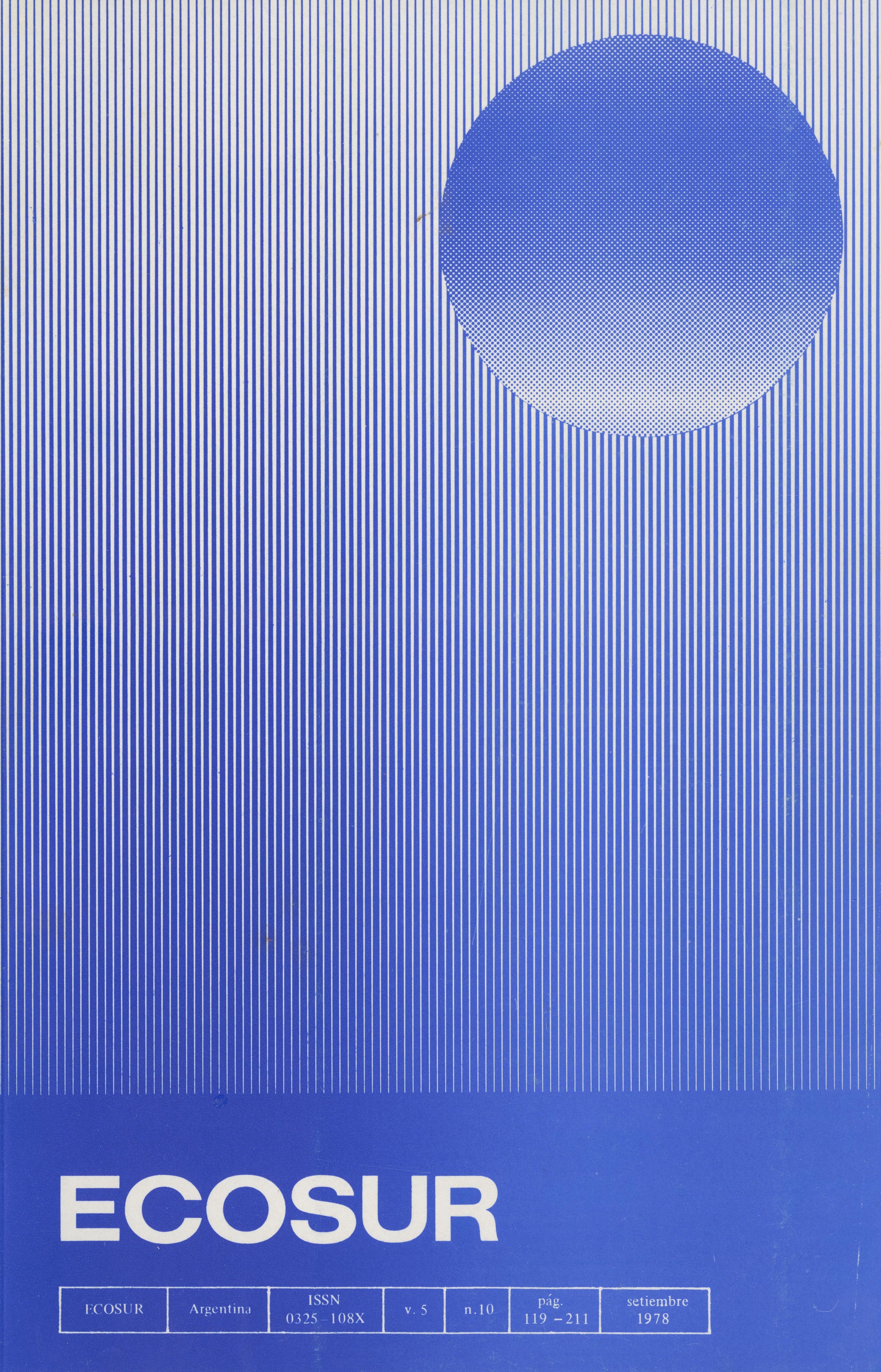Observaciones sobre la organización social, la ecología y la estructura de los habitáculos de Microcavia australis australis en Ñacuñan, provincia de Mendoza
Resumen
Small cavy populations were studied in the arid región of Western Argentina. It is described the social organization, which is the lax type, without well defined individual territories and without a rigid lineal system of hierachy. Cavíes are spread in discrete population units called “towns”. Their dwellers, all tied by kindred linkage, keep strict fidelity to their gallery system to which their grupal territoriality is restricted. It is a permanent overground ambulatory activity with. a continuous mixing up of individuáis from different groups, with a low intraspecific aggressivity. They can live together with Galea muste/oides without any aggressive relation.
The higher density registred for a “town” is 38 individuáis and there was a máximum of 14 “towns” per Ha. The biggest galleries system is 42 meters long. Additional ecological data are given.
Descargas
Publicado
Cómo citar
Número
Sección
Licencia

Esta obra está bajo una licencia internacional Creative Commons Atribución-NoComercial 4.0.

